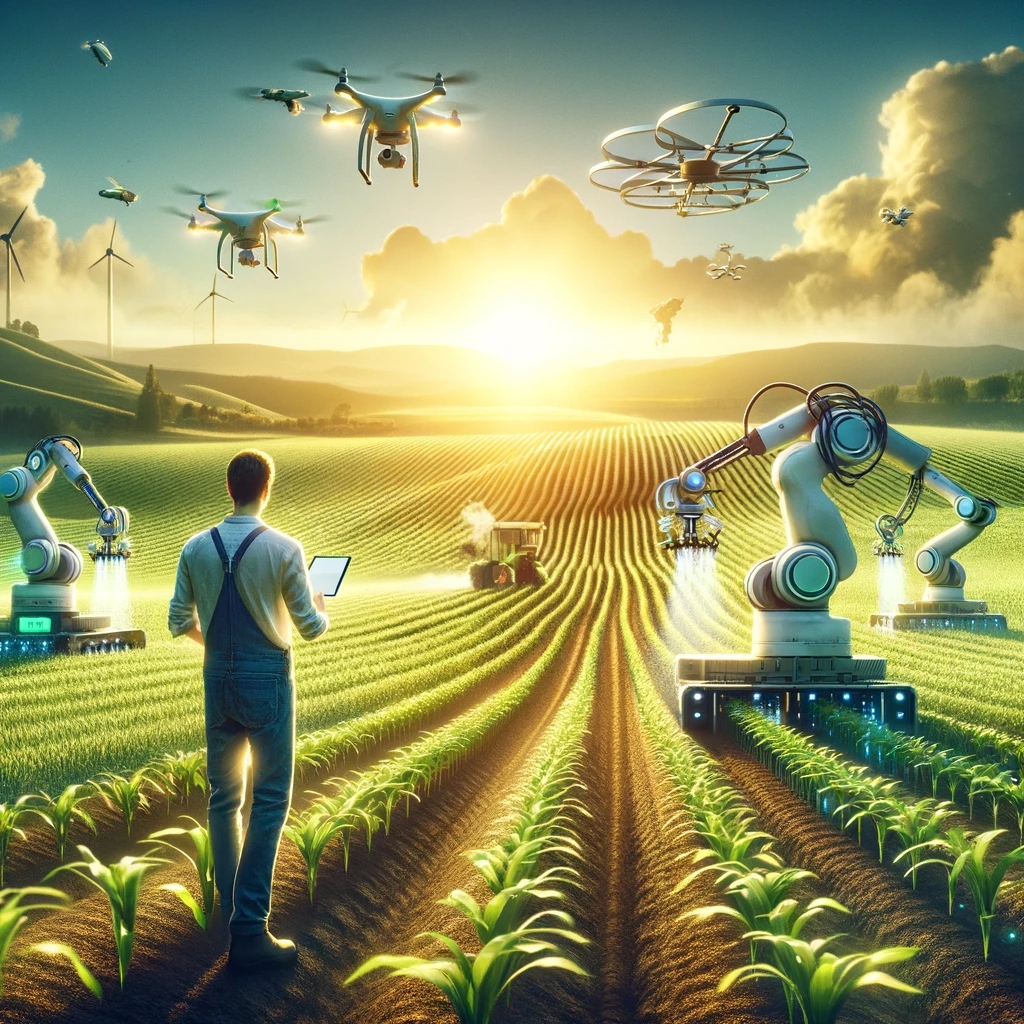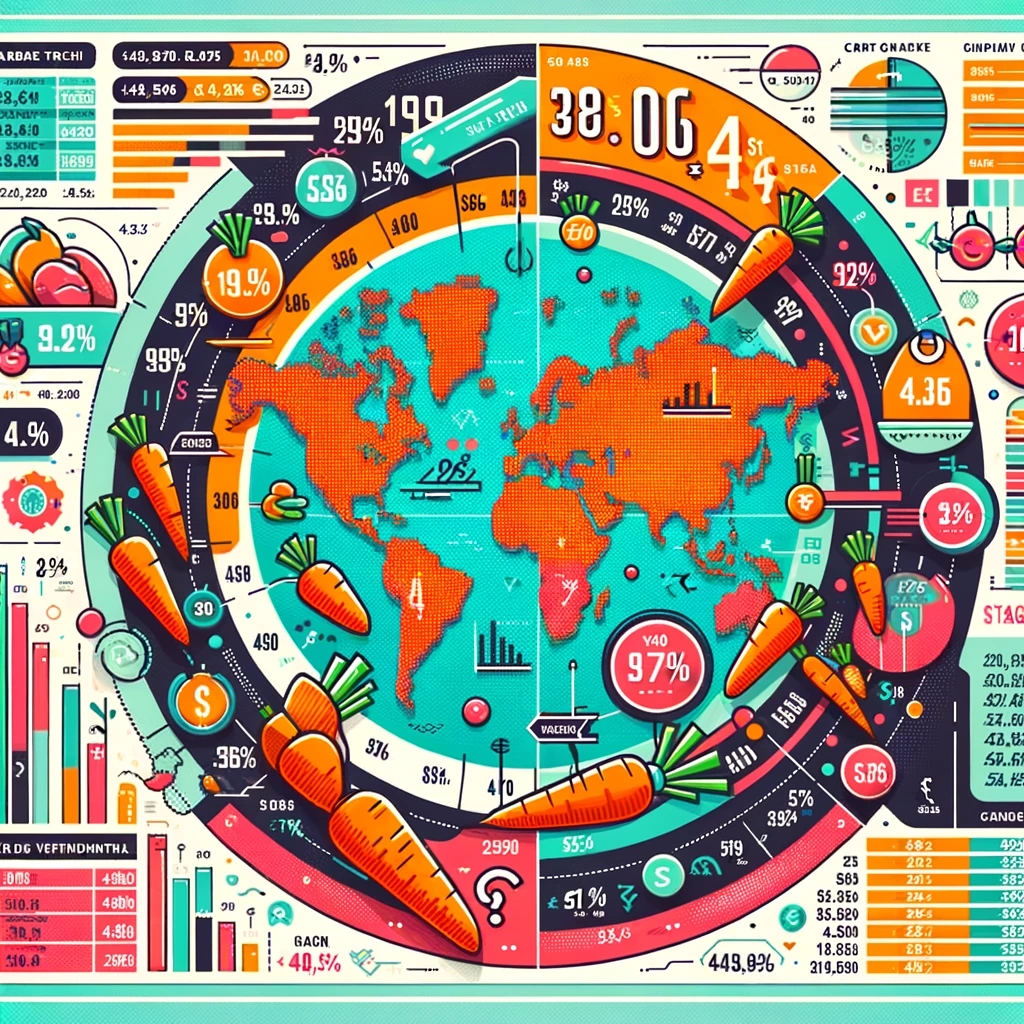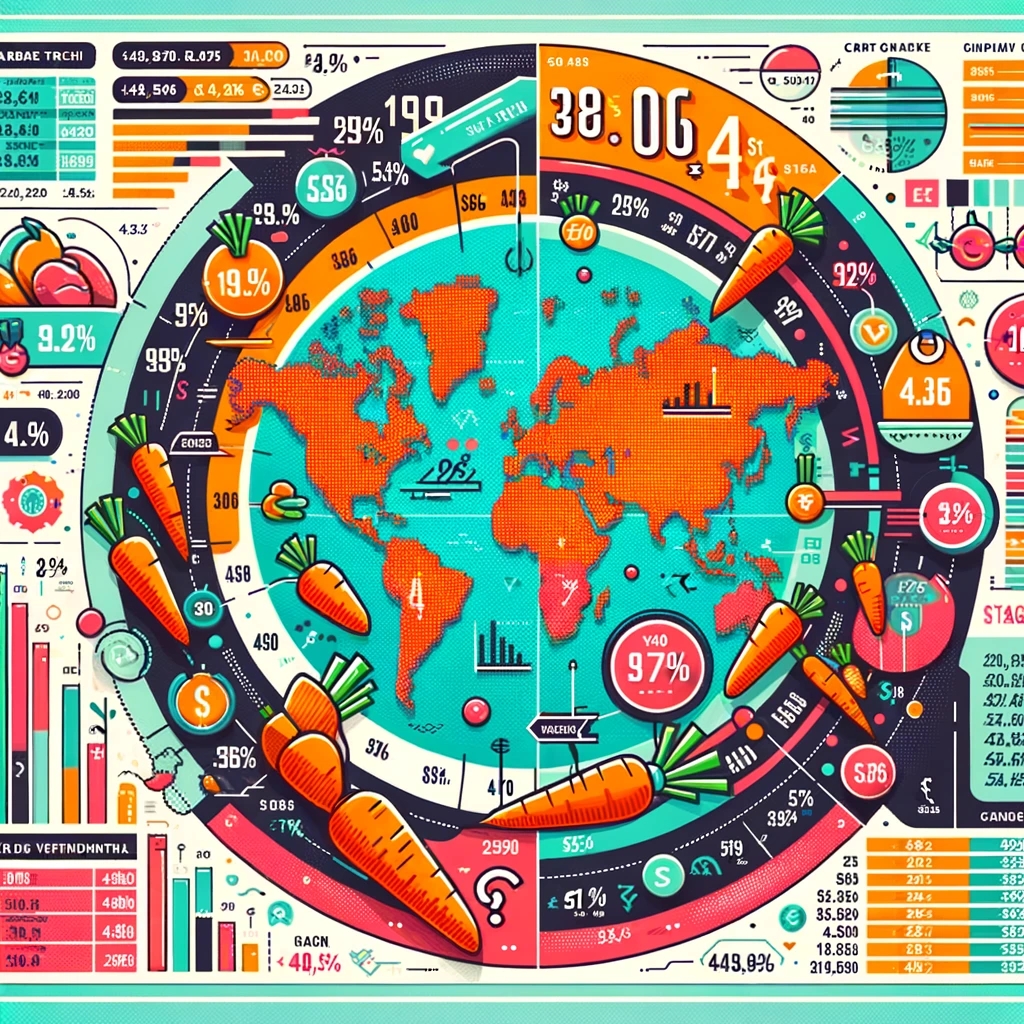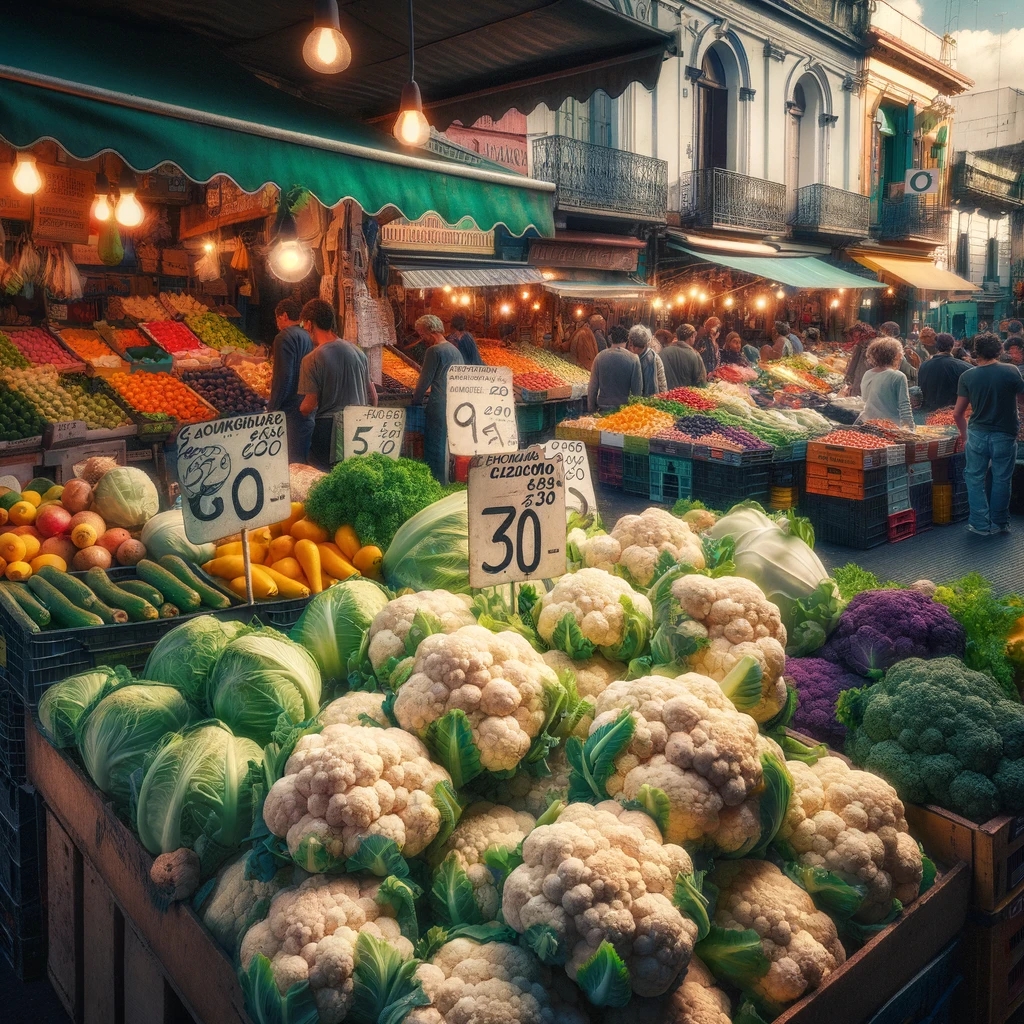In the ever-evolving landscape of agriculture, the integration of Artificial Intelligence (AI) into farming practices marks a revolutionary stride towards sustainable and efficient food production. „Harnessing the Future: The Rise of AI-Driven Crop Cultivation Techniques” explores the transformative potential of AI in agriculture, showcasing how cutting-edge technologies are reshaping the way we grow our food. For an in-depth journey into the forefront of agricultural innovation, visit husfarm.com, a pioneering platform dedicated to the advancement of agri-tech.
The Advent of AI in Agriculture
The agricultural sector’s leap into the digital age is characterized by the adoption of AI technologies, which are set to redefine traditional farming practices. AI-driven systems are equipped to analyze data from a myriad of sources, including drones, satellite images, and ground sensors, to make informed decisions that enhance crop yield, minimize waste, and reduce environmental impact. These intelligent systems can accurately predict weather patterns, optimize irrigation schedules, and identify potential pest and disease outbreaks before they become problematic, ensuring crops are grown in the most favorable conditions.
Precision Agriculture: A Data-Driven Approach
Central to the AI revolution in farming is the concept of precision agriculture. This approach leverages data analytics to tailor farming practices to the specific needs of crops at every stage of their growth cycle. By utilizing real-time data, farmers can apply the exact amount of water, fertilizers, and pesticides needed, significantly reducing the ecological footprint of farming. Precision agriculture not only conserves resources but also substantially increases the efficiency and productivity of crop cultivation.
The Role of Machine Learning and Robotics in Modern Farming
Machine learning algorithms, a cornerstone of AI, have the capability to sift through vast datasets, learning and improving over time. In the agricultural context, these algorithms can forecast crop yields, evaluate crop health, and suggest optimal planting strategies, thereby enhancing decision-making processes. Furthermore, AI-driven robotics are revolutionizing field operations, performing tasks such as planting, weeding, and harvesting with unprecedented precision and speed. These robotic solutions not only alleviate the labor shortage in agriculture but also contribute to the precision farming ecosystem by executing tasks with minimal human intervention.
Navigating Challenges: The Road Ahead for AI in Agriculture
Despite the promising advantages of AI-driven techniques, their widespread adoption faces challenges. The high cost of technology, the need for robust digital infrastructure, and the gap in digital literacy among farmers are significant barriers. However, the potential rewards—increased crop productivity, enhanced resource efficiency, and a reduction in environmental degradation—underscore the importance of overcoming these obstacles. Collaborative efforts among tech companies, governments, and the agricultural community are crucial in making AI technologies accessible and beneficial for all farmers.
Conclusion: A Vision for the Future of Farming
The integration of AI into agriculture offers a promising vision for the future, where farming is not only more productive but also more sustainable. As we continue to advance in AI-driven crop cultivation techniques, the agricultural sector stands on the brink of a major transformation. The potential for AI to address food security, climate change, and sustainability challenges is immense. For those keen on exploring the cutting edge of agricultural technology, husfarm.com serves as a gateway to the latest developments and insights in AI-driven farming. Embracing AI in agriculture paves the way for a future where food production is in harmony with the environment, ensuring the well-being of our planet and future generations.






